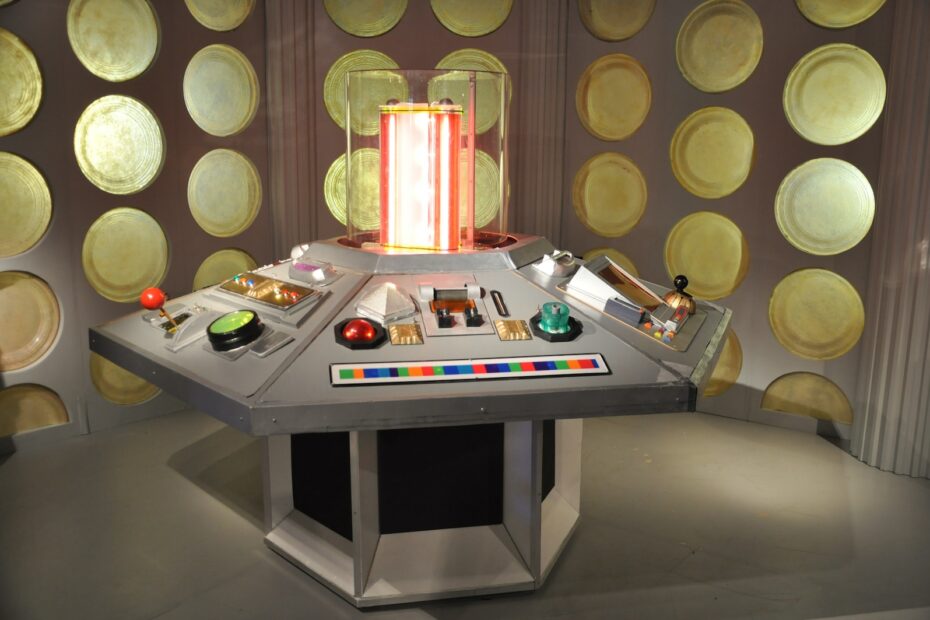The concept of regeneration in “Doctor Who” has been a central element of Time Lord biology, allowing the show to recast the main character while maintaining continuity. However, the rules regarding the number of times a Time Lord can regenerate have evolved over the series’ long history.
Originally, the series established that Time Lords could regenerate 12 times, resulting in a total of 13 distinct incarnations. This rule was first explicitly mentioned in “The Deadly Assassin” (1976), a Fourth Doctor story. This meant that a Time Lord could have 13 different faces and personalities throughout their lifetime.
However, “Doctor Who” has never been a show strictly bound by its own established lore, and this rule has been bent or adapted as needed by the writers. A significant example of this was the introduction of the War Doctor (played by John Hurt) in the show’s 50th-anniversary special “The Day of the Doctor” (2013), who was inserted into the continuity between the Eighth and Ninth Doctors. Additionally, the Tenth Doctor’s partial regeneration, where he healed himself but maintained the same face by channeling the remaining energy into his severed hand, added complexity to the count.
The most notable bending of this rule occurred in “The Time of the Doctor” (2013), the Eleventh Doctor’s final episode. In this story, it was revealed that the Doctor had actually used up all of his regenerations (including the War Doctor and the Tenth Doctor’s partial regeneration). However, the Time Lords granted him a new regeneration cycle, effectively resetting the count. This allowed the Doctor to regenerate into the Twelfth Doctor (played by Peter Capaldi), and opened the door for an unspecified number of future regenerations.
Currently, the show has not defined a limit to the number of regenerations in this new cycle, leaving it open-ended for future storytelling possibilities. This flexibility ensures the longevity of the character and allows “Doctor Who” to continue introducing new actors and interpretations of the iconic role.

Gladstone is a tech virtuoso, boasting a dynamic 25-year journey through the digital landscape. A maestro of code, he has engineered cutting-edge software, orchestrated high-performing teams, and masterminded robust system architectures. His experience covers large-scale systems, as well as the intricacies of embedded systems and microcontrollers. A proud alumnus of a prestigious British institution, he wields a computer-science-related honours degree.
